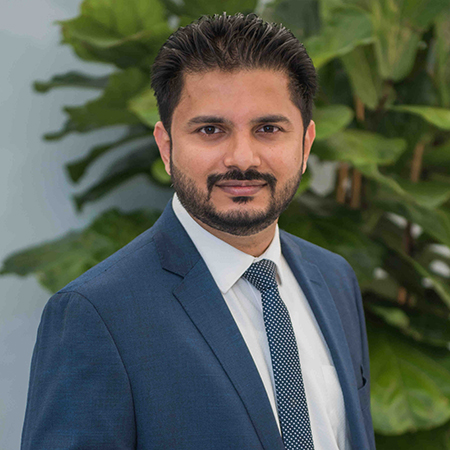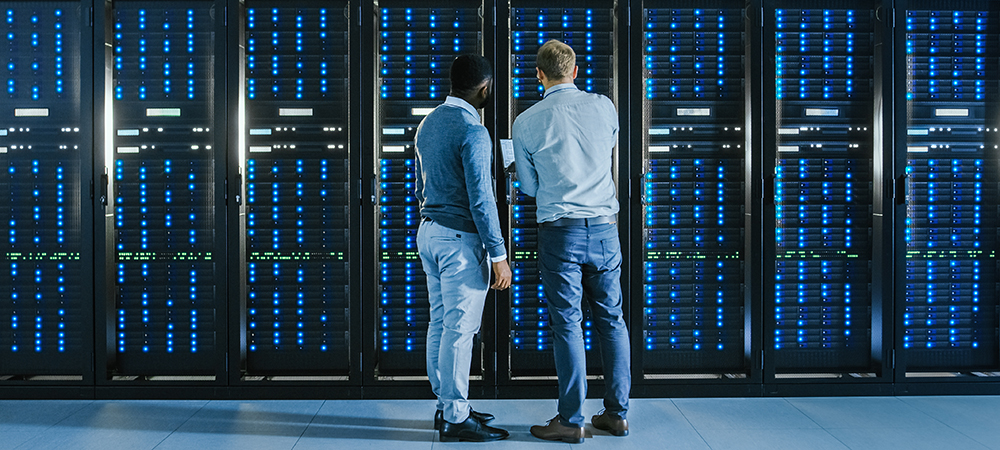Describe your current job role and a summary of the business model of your organisation?
Prem Rodrigues is the Director for the India, SAARC, Middle East, Africa region at Siemon, which is a global network infrastructure specialist. Prem’s role involves a close focus on profitability across the region and he is instrumental in spawning new strategic business and innovations launched by Siemon.
Siemon builds its business by providing innovative and high-quality IT infrastructure solutions to the datacentre and intelligent building markets, thereby following a consultative approach to add value to customers across different vertical markets. Once end users have been consulted on the right infrastructure design approach, Siemon trains system integrators and channel partners, distributors, and installers on how to effectively implement the right design.

What are your strengths and abilities that you bring to the above role?
With 20+ years of experience in the industry and as a certified Registered Communications Distribution Designer, Prem brings a large amount of knowledge to the table. He has a wealth of technical and commercial expertise in enterprise-scale technology development, incubation, and commercialisation in areas including smart buildings and data centres that he utilises to further develop three vast regions. He is described by his team as a strategic thinker, passionate leader and hands-on manager who has a great interest in expanding his knowledge about the latest technologies.
Please describe the expectations of the end customers that you address. What are their pain points today?,
Two requirements that prevail in datacentres today are the need for increased bandwidth and the need for low latency data transmission to support emerging applications such as artificial intelligence or machine learning. Here, data centre managers require solutions that allow them to easily migrate from 10 Gigabit Ethernet to 100,200 or even 400 Gigabit Ethernet soon.
In intelligent buildings, building operators and owners are focussed on the economic benefits of network convergence. With this approach, a single IP-based network supports multiple systems including data, voice, video, and low-voltage building systems which has a distinct impact on a building’s CapEx and OpEX.
Utilising a high-performance structured cabling solution can replace as many as eight or nine different systems, not only lowering material usage and associated labour costs but also bringing green benefits such as reduced energy consumption and reduced waste.
Which technologies and innovations can make a difference to your end customers business?
For data centres, where transmission speeds are swiftly increasing at the data centre edge and in the backbone, Siemon provides high-performance IT infrastructure solutions that facilitate this need for increased speed. With LightVerse, Siemon offers a high-density, ultra-low-loss singlemode fibre cabling solution that delivers 400G performance, as well as scalability and flexibility in data centre. Siemon’s innovative range high-speed cable assemblies including direct attach cables, DACs or active optical cables, AOCs facilitate server speeds of 25 to 100Gbps.
In the intelligent buildings space, building owners and operators can benefit from low-voltage remote powering technology, such as Power over Ethernet, PoE, when selecting shielded, rather than unshielded copper cabling to build converged networks. PoE utilises the copper balanced twisted-pair IT cabling infrastructure to deliver DC power to IP-enabled devices such as IP phones, security cameras and access systems.
Since remote power leads to a temperature rise in cable bundles, Siemon’s shielded Category 6A and Category 7A copper cabling solutions improve heat dissipation and provide more thermally stable performance at elevated temperatures.
Siemon’s Z-PLUG category 6A field terminated plug enables the seamless connection of lights, wireless access points, security cameras, AV equipment, DAS, and BAS systems in intelligent buildings. It enables quick connections from the network directly to the end device thereby eliminating the need for work area outlets and patch cords.
How can a channel partner in your industry disrupt the regional market and gain a leading competitive position?
Offering a one-stop-solution to end users, where a channel partner can offer both, end-to-end infrastructure solutions for the data centre and a comprehensive range of integration solutions for the intelligent building market, can help them gain a leading competitive position. If a channel partner then also brings along in-depth expertise in implementing these different systems and integrating solutions from both environments, they can build a real disruption edge.
Which non-competitive business in the region do you admire for innovative usage of technology?
Artificial Intelligence, springs to mind, especially the latest developments around ChatGPT and its capabilities which are unbelievably disruptive. AI can become a real blessing or a big curse moving into the future, so we must make sure we utilise and develop it in the right way.
Which aspects of your job role do you find rewarding and which challenging?
Not only achieving customer satisfaction, but resolving customers pain points, particularly if they presented us with a real challenge, is extremely rewarding. To see the Siemon team succeed and make a difference in the market also brings a lot of satisfaction. The challenge often lies in differentiating ourselves from the competition based on our high-quality technology, whereas other players in the market are price volume driven.
How do you best like to de-stress and re-charge off work?
During his spare time, Prem likes to spend time with his family, follow the stocks and commodity markets. He has deep interests in geopolitics and is a music lover.
How do you think time-off will transform in the metaverse and in the digital world, say in the next 5-10 years?
Since the metaverse will bring the world closer together, it could mean that virtual travel might become a major leisure activity. Time-off could then mean virtually exploring a different city or country for a day or two, or it could mean playing games with people joining from different regions.
Click below to share this article

